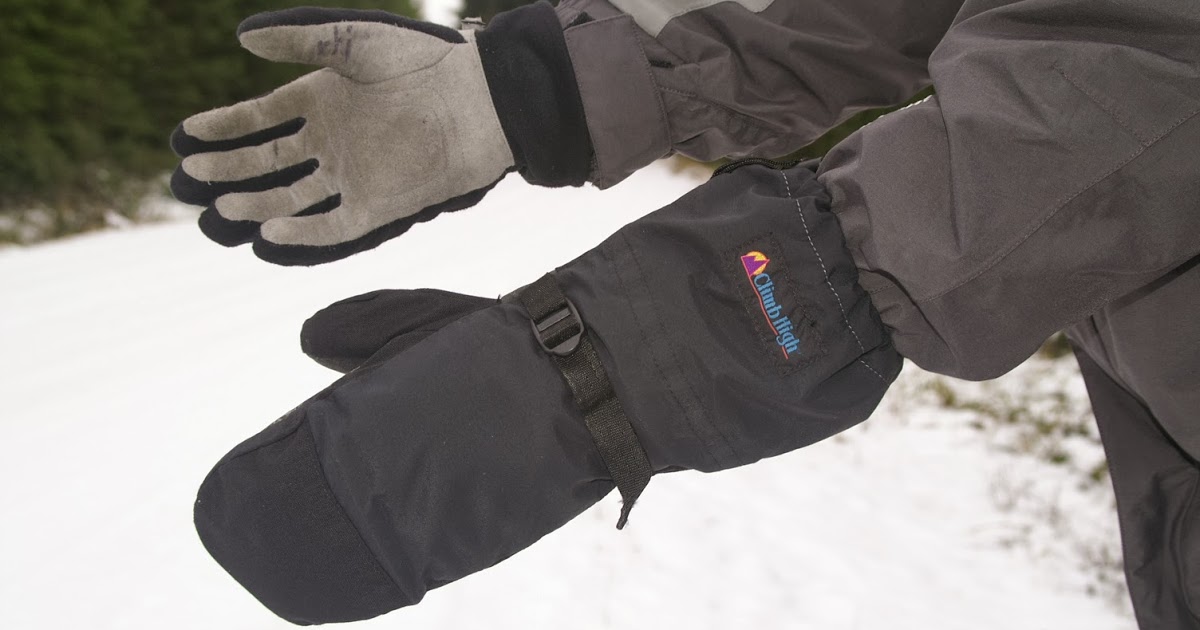Guide To Treating Mixed Connective Tissue Disease
Protecting Hands From Cold Temperatures

Because the hands often become cold and numb in mixed connective tissue disease, it is important to be diligent about protecting the hands from cold temperatures. The blood vessels in the hands or feet spasm in response to the cold. The fingers and toes can also have a blueish or white color to them because they are so cold. This kind of response is called Raynaud's disease. This symptom can cause the fingers or toes to become purplish blue and after getting them warm, they might appear red.
Additionally, the coldness can cause pain, discomfort, and difficulty using the fingers. Therefore, patients must make sure they try not to expose them to any additional cold and keep them as warm as possible, especially in the winter. Patients will want to make sure they keep blood flowing to their fingers and toes so their skin is not damaged, and symptoms are kept to a minimum. There are different things individuals with this symptom of mixed connective tissue disease can do to try to keep warm. They can wear gloves, especially when outside, or use hand warmer packs in their shoes or gloves.
Continue to reveal more treatments for mixed connective tissue disease now.